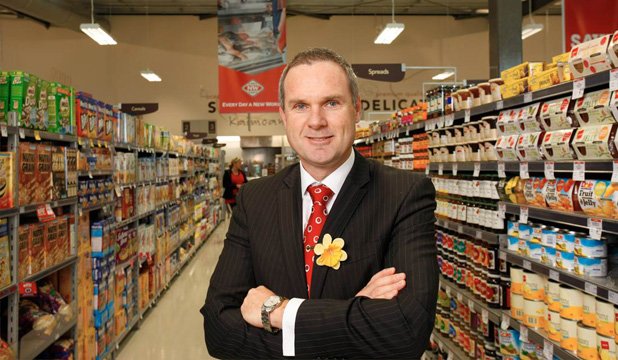Transatlantic Retail: Key Contrasts in European and US Markets
Expanding your market reach across borders can be a strategic move, but it’s essential to recognize the nuanced differences between European and US retail landscapes. Here’s a breakdown of some key differentiators to consider as you plan your market expansion:
- Store Size and Product Listings: US supermarkets tend to be larger, stocking around 40,000 unique items compared to Europe’s 18,000. This means more room for new brands in the US. However, securing listings in Europe can be more challenging due to smaller store sizes and a focus on unique, value-added products.
- Terms and Negotiations: European retailers negotiate tougher terms individually, while in the US, there’s more consistency in pricing opportunities. US retailers also offer more flexibility in trade marketing funds and slotting allowances.
- Private Label Penetration: Europe sees significant private label penetration, with up to 50% share in some countries, while the US market still leans heavily towards national brands.
- Annual Negotiation vs. Category Reviews: Europe’s extensive annual negotiation process contrasts with the US’s more frequent category reviews, emphasizing deep data analysis and adjustment of assortment and shelf plans.
- Shopping Patterns: US consumers frequent multiple types of retailers weekly, whereas Europeans may visit hypermarkets less frequently, opting for smaller stores and specialty shops more often.
- Discount Retailers: Europe’s hard discounters like Aldi and Lidl have a substantial market share, while in the US, they represent a smaller portion of the market compared to major retailers like Walmart.
- Promotional Strategies: The US relies heavily on coupons, loyalty cards, and promotional events, while European promotions are often tied to consumer marketing events.
- Slotting Fees: While common in the US, European retailers typically negotiate in-store marketing support instead of slotting fees.
- Distribution Channels: European food distributors offer broader services compared to US food brokers, who focus on key account selling and retail coverage.
- Shelf Compliance: Ensuring product availability and visibility differs between regions, with US retailers facing challenges of retail integrity and shelf compliance.
- Data Transparency: The US emphasizes fact-based selling supported by readily available sales data, while Europe is catching up in data sharing, with some retailers still not sharing data with manufacturers.
Understanding these variations can help tailor your approach and maximize success when expanding into new markets.



